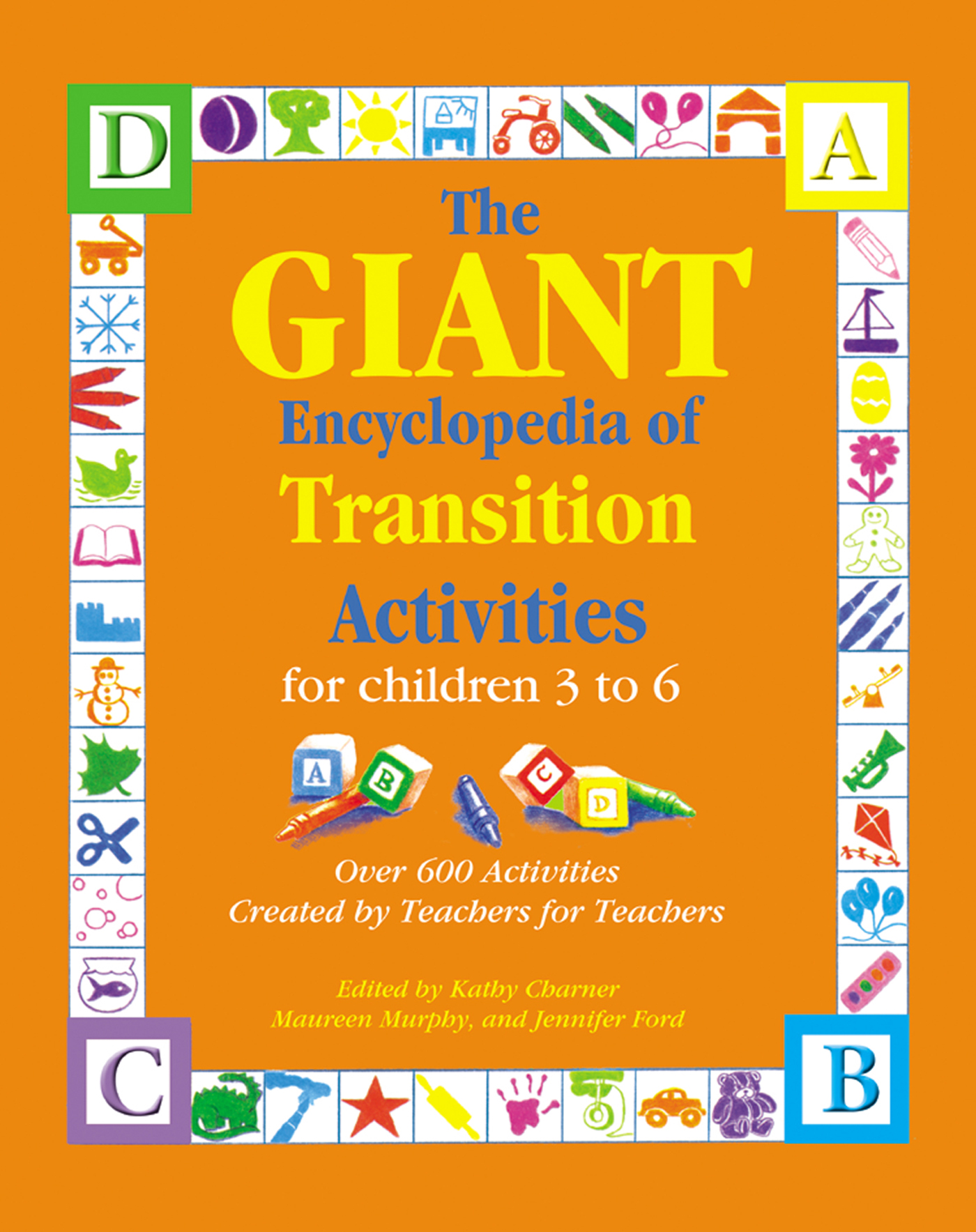Materials
- None
What to do
1. The most important thing to remember about transitions is "the fewer the better." Check your daily schedule and count the transitions. If you have more than ten transitions daily, consider revising the schedule to reduce the number of transitions.
2. Sing! Sing! Sing! A simple song can help children transition from one activity to another; clean the room; make up their mats for nap time; deal with booboos and small social offenses, and a million other things throughout the day. Make up your own songs to familiar tunes or use one of the many songbooks available.
3. Make sure the children are thoroughly familiar with the daily schedule and keep to the schedule. A familiar routine is extremely important for young children.
4. Make your room arrangement conducive to comfortable, active play. Get down on your knees and check out your room from a child's perspective. Are the centers easily identifiable? Is there room for the children to move around without running into each other? Are the materials accessible and arranged in an inviting manner? Make sure you don't crowd the room with lots of furniture. Children need a good amount of floor space for their active little bodies.
5. Label everything that doesn't move! Each toy, puzzle, or item that the children use daily should have its own special spot on the shelves and that spot should be labeled with a picture of the item and the item's name. This is invaluable during cleanup time. It's much easier for children to help put things away when they don't have to ask you where everything goes. Change the labels as needed.
6. Give children lots of responsibility. Let them know you expect them to clean up after themselves and put things away when they are done with them. If tables need to be cleaned, let the children help clean them. If the floor needs to be swept, hand the broom and dustpan to a willing helper. Instead of children standing idly by waiting for you to finish cleaning, let them lend a hand. They love to help! Be a good example for the children. If you drop a box of chalk and it scatters all over the floor, get down and pick them up instead of asking a child to do it for you.
7. Separate large groups of children. If you have a large group and two or more teachers in the room, break the group into smaller ones. Rotate the groups, such as one group on the playground, one group participating in centers, to give all the children a chance to participate in all the activities planned for the day. This technique requires some juggling of the daily schedule but it can be done!
8. Last, but certainly not least, let the children know that you care about them. Tell them and show them each day how very much they mean to you.
-Virginia Jean Herrod, Columbia, SC
Instructions
1. To transition to group or circle time, have each child turn to her neighbor
and sing this song to the tune of "The Farmer in the Dell."
When I shake your hand,
It means I want to say,
Hi (child's name) how are you?
And have a happy day!
2. Instead of shaking hands, you might also wave, give a hug, or say hello.
